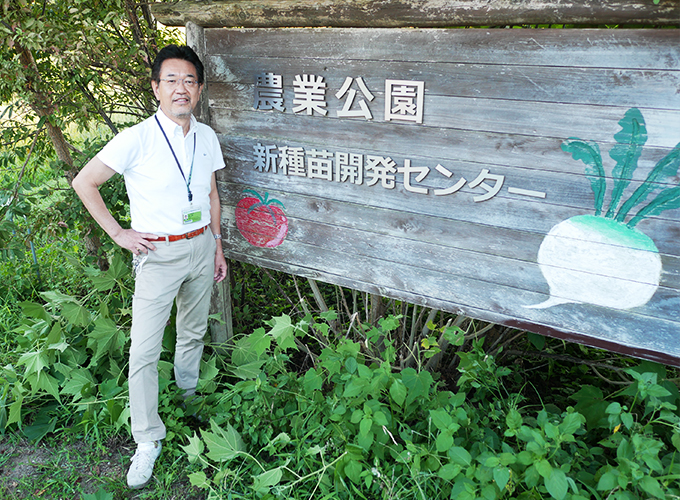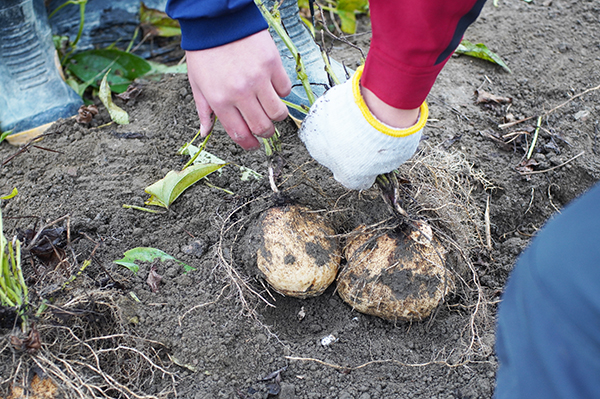Takanori Sato
Specially-appointed Professor, Ph.D. in Agriculture
- sato.takanori

- Areas of Research
- Horticultural Science, Plant Breeding (vegetables)
- Profile
- Research
-
Dr. Takanori Sato was born in Hyogo Prefecture and completed his master’s program at the graduate school of Kyoto Prefectural University. He then went on to earn his Doctor of Agriculture at Kyoto University.
Dr. Sato worked as a research and senior researcher for the Experiment Station at the Ministry of Agriculture, Forestry and Fisheries. He also served as a senior researcher for the National Institute of Vegetable and Tea Science and the International Research Center for Agriculture of the same ministry. In later years, he worked at the Institute of Vegetable and Tea Science of the National Agriculture and Food Research Organization (NARO). He played multiple roles at the Brassicaceae Breeding Research General Office, including director, Senior Research Coordinator, Head of Planning and Promotion Section, and Director of Technical Support Section 1. Dr. Sato also has experience as Director of Sustainable Vegetable Production Division for the Western Region Agricultural Research Center of NARO.
Courses that Dr. Sato is in charge of include Horticulture, Production Environment Theory, Kyoto Foodstuff, Bioenvironment Overview, Crop Lab Science, Crop Culture Practice, Kyoto Vegetable Cultivation and Processing Practice, Special Discussion on Food Resources, Major Training and graduate studies.
In his free time, Dr. Sato enjoys caring for plants, shopping and touring various museums and galleries.
-
Dr. Sato makes efforts in contributing to the agriculture of the Kameoka Region by developing and promoting community-based vegetables and creating region-specific products that take make full use of local characteristics. For example, he is working to develop and popularize Kameoka-Kyoto vegetables such as the sticky ‘Kamemaruimo’(a member of the yam family called greater yam (Dioscorea alata L.)), which was born in the tropics、‘Natsusaya’, a tasty yardlong bean (Vigna unguiculata (L.)) that can be harvested as early as midsummer, and ‘Kyo-tanbana’, pickled greens or turnip greens (Brassica rapa L.) that can be used as the base for a salad.
Dr. Sato kindly invites Faculty of Bioenvironmental Sciences students who are interested in growing and breeding vegetables (or ingredients made from vegetables) to visit his laboratory.
Kamemaruimo